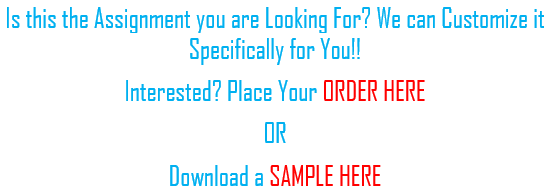EVIDENCE-BASED PRACTICE AND THE QUADRUPLE AIM
To Prepare:
- Read the articles by Sikka, Morath, & Leape (2015); Crabtree, Brennan, Davis, & Coyle (2016); and Kim et al. (2016) provided in the Resources.
- Reflect on how EBP might impact (or not impact) the Quadruple Aim in healthcare.
- Consider the impact that EBP may have on factors impacting these quadruple aim elements, such as preventable medical errors or healthcare delivery.
To Complete:
Write a brief analysis (no longer than 2 pages) of the connection between EBP and the Quadruple Aim.
Your analysis should address how EBP might (or might not) help reach the Quadruple Aim, including each of the four measures of:
- Patient experience
- Population health
- Costs
- Work life of healthcare providers
The Quadruple Aim framework in healthcare emphasizes four key measures: patient experience, population health, costs, and the work life of healthcare providers. Evidence-based practice (EBP) plays a significant role in influencing each of these measures.
Firstly, regarding patient experience, EBP ensures that healthcare interventions and treatments are grounded in the best available evidence, leading to better outcomes and higher satisfaction among patients. When healthcare providers utilize evidence-based approaches, patients are more likely to receive effective, personalized care that aligns with their preferences and values.
Secondly, in terms of population health, EBP contributes to improving health outcomes at the community level by guiding the implementation of interventions and policies that have been proven to be effective. By focusing on evidence-based preventive measures and treatments, healthcare organizations can better address the health needs of the population they serve, leading to overall improvements in health indicators and disease prevention.
Thirdly, concerning costs, EBP can help healthcare systems optimize resource utilization and reduce unnecessary spending by identifying interventions that offer the best value in terms of outcomes achieved per dollar spent. By prioritizing evidence-based interventions and avoiding ineffective or wasteful practices, healthcare organizations can achieve cost savings while still delivering high-quality care.
Lastly, regarding the work life of healthcare providers, EBP can positively impact healthcare professionals by promoting a culture of learning, innovation, and professional development. When providers are equipped with the knowledge and skills to deliver evidence-based care, they may experience reduced burnout, increased job satisfaction, and a greater sense of fulfillment in their roles.
However, it’s essential to acknowledge that while EBP has the potential to positively impact the Quadruple Aim, there are also challenges and barriers to its implementation. These may include limited access to up-to-date evidence, resistance to change among healthcare providers, and organizational constraints. Addressing these challenges requires a concerted effort from healthcare leaders, policymakers, and educators to promote a culture that values and supports the integration of evidence into clinical practice.
In conclusion, EBP has the potential to significantly contribute to achieving the Quadruple Aim in healthcare by improving patient experience, population health, cost-effectiveness, and the work life of healthcare providers. By embracing EBP principles and practices, healthcare organizations can enhance the quality, effectiveness, and sustainability of healthcare delivery, ultimately leading to better outcomes for both patients and providers.

